43 surgical instrument labeling techniques
Modern Quick response (QR) Code Labeling: Low profile modern labeling ... Current surgical instrument labeling techniques may increase the risk of unintentionally retained foreign objects: A hypothesis Article Full-text available Sep 2013 Kyros Ipaktchi Adam Kolnik... Current surgical instrument labeling techniques may increase the risk ... The implementation of newer labeling technologies - such as laser engraved codes - appears to eliminate risks seen in traditional mechanical labels.This article reviews current instrument marking...
Current surgical instrument labeling techniques may increase the risk ... Any mechanical labeling of an instrument needs to be supervised by a professional surgical technologist to ensure proper label application. The label must withstand the mechanical load of intraoperative utilization as well as the physico-chemical challenges of cleaning and sterilization cycles [ 3 ].
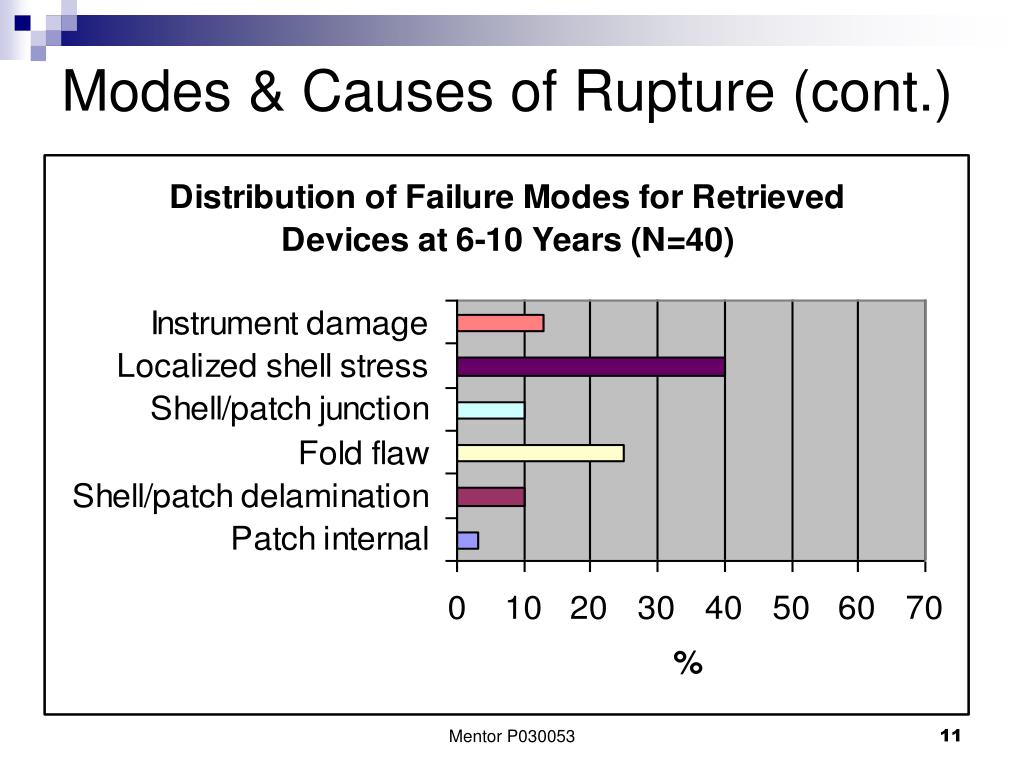
Surgical instrument labeling techniques
PDF Surgical Instruments: The Introductory Guide/Basic Course #1 The five major surgical instrument lines are: OR Grade - The highest quality surgical instruments made from U.S and German grade stainless steel and designed to meet the exacting standards required in a surgical setting. Mid-Grade - High quality, Mid-Grade OR instruments made of Pakistani stainless steel, PDF Surgical Technique - Smith+Nephew - Corporate For surgical planning there are radiographic templates available on a scale of 1.15:1. The appropriate template is used to define stem size, implant depth, resection line and leg length. Surgical Technique The following illustrations show exemplarily the surgical technique for the minimal invasive anterolateral approach. Incision Common Surgical Instruments special surgical equipment. Rongeur: Sharp-edged and sturdy instrument used for removing bone or creating a window in bone. Bone Saw: Battery powered and used for cutting bone, either free hand or with the assistance of a jig. Robotic Surgical System: Electronically-powered instrument usually with multiple arms and interchangeable surgical tools.
Surgical instrument labeling techniques. Basic surgical instruments gk - SlideShare 10. CUTTING AND DISSECTING •Suture Scissors (Blunt /Blunt) •Nursing Scissor - Blunt/Pointed. 11. GRASPING & HOLDING •Tissue Forceps •Smooth Forceps •Toothed Forceps •Allis Forceps •Babcock Forceps •Stone Forceps •Tenaculums •Bone Holders. 12. GRASPING & HOLDING •Rat-Toothed Tissue Forceps •General Surgery Skin. Current surgical instrument labeling techniques may increase the risk ... The implementation of newer labeling technologies - such as laser engraved codes - appears to eliminate risks seen in traditional mechanical labels.This article reviews current instrument marking technologies, highlights shortcomings and recommends safe instrument handling and marking practices implementing newer available technologies. Surgical instruments marking techniques - Nutrace instrument tracking ... Instrument Tracking and Laser Marking News Surgical instruments marking techniques by NUNUon January 2, 2015in Surgical Instrument Tracking We received a call from a medical facility asking us to assist them with DataMatrix on 10,000 of their instruments with the use of electrolysis. Surgical Instruments | Published Articles RMPS Publishing Proper measuring techniques Understanding Instrument Metal Terminology Discover the difference between 300 and 400 series stainless steel Learn about passivation Red, White and Blue - The Basics of Surgical Instrument Labeling Instrument marking tape Heat-fused nylon color coding (dipping) Instrument engraving
Current surgical instrument labeling techniques may ... - Europe PMC The implementation of newer labeling technologies - such as laser engraved codes - appears to eliminate risks seen in traditional mechanical labels.This article reviews current instrument marking technologies, highlights shortcomings and recommends safe instrument handling and marking practices implementing newer available technologies. PDF Surgical Instrument Reprocessing in a Hospital Setting Analyzed with ... Surgical Instrument Reprocessing in a Hospital Setting Analyzed with Statistical Process Control and Data Mining Techniques by Gail Weart A Thesis Presented in Partial Fulfillment of the Requirements for the Degree Master of Science Approved April 2014 by the Graduate Supervisory Committee: George Runger, Chair Jing Li Dan Shunk What Are the Current Surgical Instrument Labeling Techniques? The electrochemical marking (ECM) method is acid-base marking that places a mark on stainless steel instruments using an electrical current, stencil, and electrolyte fluid. When applied, the mark doesn't alter the surface of the instrument as engraving does but rather is applied below the instrument's passivation layer. What are the current surgical instrument labeling techniques? The electrochemical (ECM) surgical instrument marking method uses an electrical current, stencil and electrolyte fluid to place a mark on stainless steel instruments. Unlike etching and engraving, this mark doesn't alter the surface of the instrument because it is applied below the instrument's protective passivation layer.
Surgical instrument cleaning & care Cleaning is intended to render devices safe for handling and to prepare them for subsequent processing steps. Cleaning does not necessarily make the device suitable for patient use. 2a. Disassemble devices to facilitate cleaning and subsequent microbicidal steps. 2b. Thoroughly clean with a compatible detergent and rinse to remove unsafe residues. List of Basic Surgical Instruments and their Uses - Health Hearty Scissors. This surgical instrument is mainly used to cut body tissues. Scissors used in surgery come in two main types: Mayo and Metzenbaum scissors. When it comes to cutting or dissecting soft delicate tissues, surgeons prefer the metzenbaum scissors. The Mayo scissors are used for cutting hard tissues such as joints. PDF Surgical Technique - Smith & Nephew The surgical approach The BIRMINGHAM HIP Resurfacing device may be implanted through various hip surgical approaches. The posterior approach is described in this technique. Other surgical approaches to the hip may be used however, the posterior approach is favoured by the designer surgeon and his submitted clinical data is based on this approach. Transporting contaminated surgical instruments for cleaning ... To prepare their contaminated instruments for shipment, the clinics follow the following procedure: first, the contaminated instruments are placed into a plastic container with a lid; the instruments are then sprayed with an enzymatic foam; the container is then marked with an approved biohazard label, sealed and placed into a larger plastic ...
Surgical instruments: Care and handling - Veterinary Practice 4. Sterilisation. Sterilisation is essential to ensure that surgical instruments do not act as pathogen vectors. The most common method is autoclaving. In the autoclave the instruments must always be in the open position to allow the steam to reach all surfaces. Do not overload the autoclave trays, which would block the steam penetration.
Proper wrapping, labeling, and autoclaving surgical instruments STC MAT About Press Copyright Contact us Creators Advertise Developers Terms Privacy Policy & Safety How YouTube works Test new features Press Copyright Contact us Creators ...
Surgical Instruments - List, Names and Functions - Sutured Surgical scissors are surgical instruments usually used for cutting. They include bandage scissors, dissecting scissors, iris scissors, operating scissors, stitch scissors, tenotomy scissors, Metzenbaum scissors, plastic surgery scissors, and Mayo scissors. Functions of Surgical Scissors
Current surgical instrument labeling techniques may increase the risk ... Current surgical instrument labeling techniques may increase the risk of unintentionally retained foreign objects: a hypothesis. Citation Text: Ipaktchi K, Kolnik A, Messina M, et al. Current surgical instrument labeling techniques may increase the risk of unintentionally retained foreign objects: a hypothesis. Patient Saf Surg. 2013;7(1):31 ...
PDF Current surgical instrument labeling techniques may increase the risk ... Modern labeling techniques such as laser engraved two dimensional Quick Response (QR) codes or one di- mensional bar coding offer alternatives to mechanical la- beling (Figure 3). Laser engraved, machine readable labels offer a durable tagging technique with no macro- scopic new interface.
Bioburden of Surgical Devices | Disinfection & Sterilization Guidelines ... After being washed in an instrument washer, more than 98% of the instruments had <10 1 organisms, and none >10 2 organisms 911. Other investigators have published similar findings 179, 912. For example, after a standard cleaning procedure, 72% of 50 surgical instruments contained <10 1 organisms, 86% <10 2, and only 6% had >3 × 10 2912.
Tips For Organizing And Preparing Surgical Instruments Make sure instruments are sterile. While this seems elementary, it is an extremely important step. Surgical instruments must be sterilized prior to use. A chemical indicator should be located outside the package. It will change color if the pack has been exposed to the sterilization process.
Quick Reference for Sterilization of Surgical Instruments The instrument needs to be sterilized in an open (unlocked) position. For sets, unlock all the instruments and sterilize them in an open position. Place heavy instruments on the bottom of the set when two layers are required. Here are a few tips to keep in mind. Always autoclave instruments in an open position.
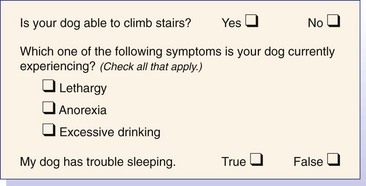
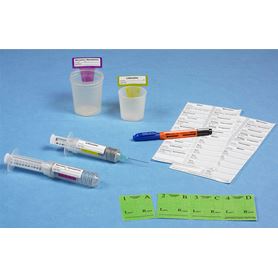
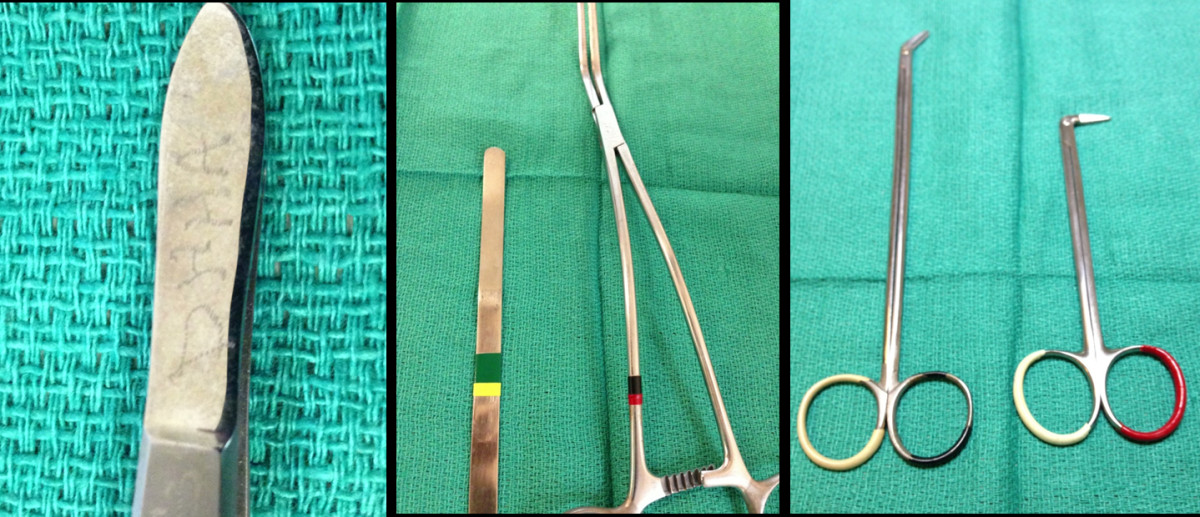
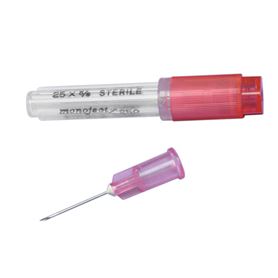
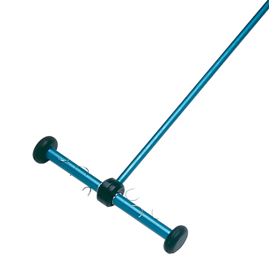

Post a Comment for "43 surgical instrument labeling techniques"